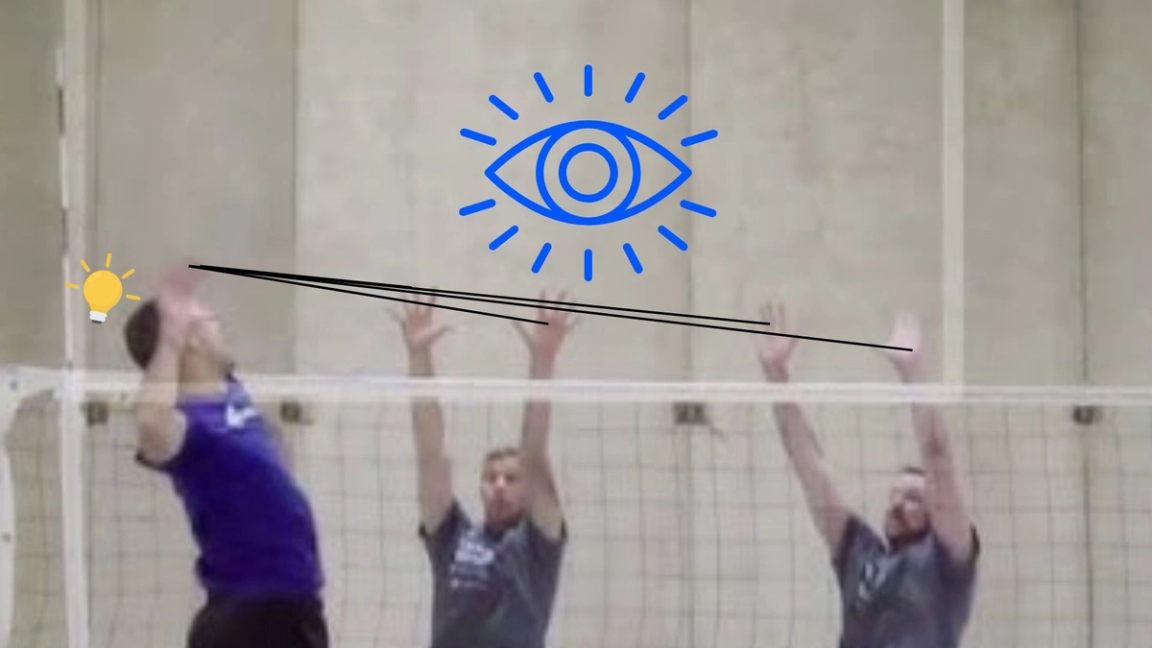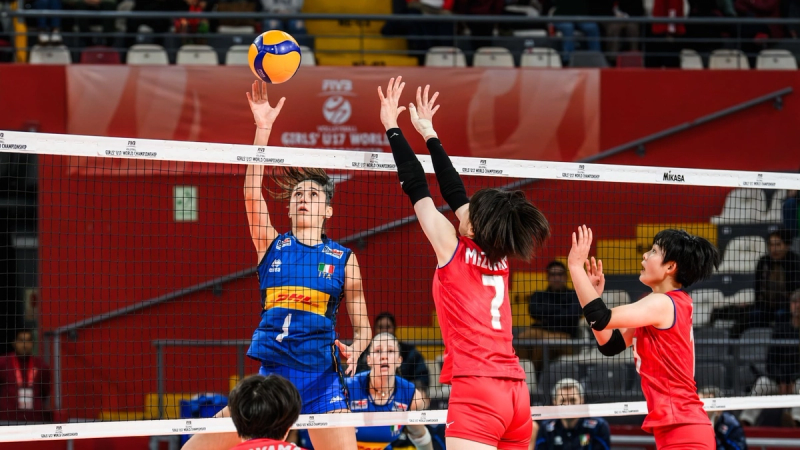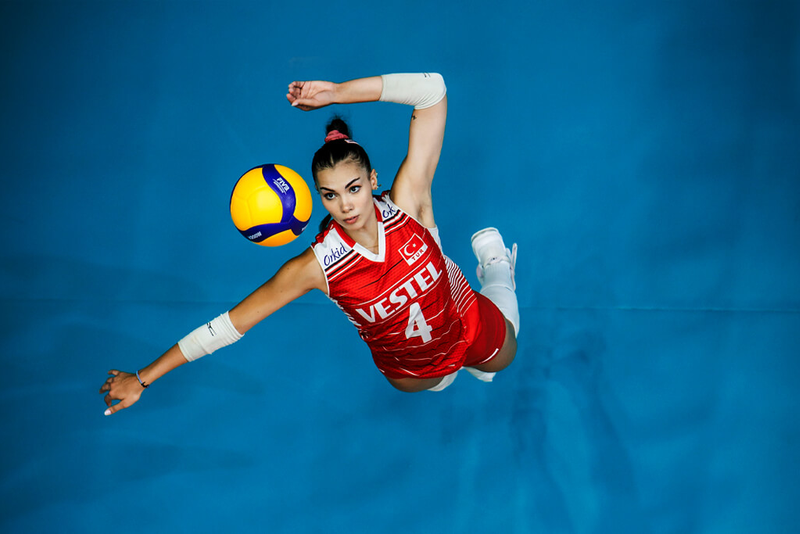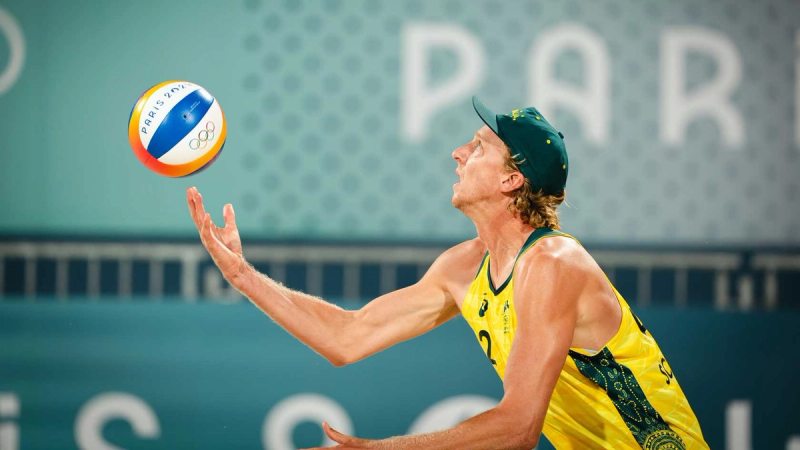
Advanced Vision & Anticipation Training for Volleyball Players

Matt Nikishin
•
4th August, 2025
Universal players juggle multiple responsibilities—they pass, defend, attack, and sometimes set. This makes vision and anticipation not just helpful, but essential.
Unlike position specialists, a universal player must read the game from every angle. Quick reactions save points, but a strong read wins them.
Benefits of Elite-Level Anticipation:
- Faster decision-making in chaotic rallies.
- Improved defensive reads against deceptive offenses.
- Better attack choices based on defense shape.
- Seamless role switching without hesitation.
Pre-Contact Reading Skills

Before the ball even touches your side, the play has already begun.
Defensive Pre-Contact Anticipation
- Read the Setter’s Body: Pay attention to their hips and shoulders. If hips face left and shoulders turn right, they’re likely sending a back set.
- Ball Tempo Before the Set: A fast pass limits setting options—likely a quick middle or outside. A slow pass allows for more deception.
- Observe the Hitters Early: Watch their movement even before the approach. Are they sprinting in or floating back for a pipe? Are they loud and demanding the ball?
- Attacker’s Approach: Don’t wait until you’re in the air. During your approach, scan the block and the backcourt. Is the line defender creeping forward? Is the cross-court open?
- Setters’ Insight: If you’re setting, check the middle blocker’s feet. Are they off balance or stuck in the middle? Send it away from them.
The 3-Phase Visual Check System

Breaking down rallies into visual phases keeps your eyes—and your brain—engaged.
- Phase 1 – Pre-Serve Scan
Scan the opponent’s court quickly: Are they in perimeter or rotation defense? Is the seam open? Are any defenders leaning or communicating hesitantly? - Phase 2 – During Rally Vision
Watch the ball’s trajectory, then immediately shift to the player receiving it. Read their body cues, approach angle, and hand shape. - Phase 3 – Just Before Contact Zoom-In
As the attacker nears contact, lock in on their shoulder angle and wrist position. Are they loading for power or finesse? A tucked elbow may indicate a tip.
Visual Delay Training for Reactive Sharpness
You don’t just need quick eyes—you need quick decision-making. Visual delay training forces your brain to fill in missing frames.
- Blocked Vision Drills: Have a blocker flash in front of your view right before the attacker hits. Your brain must complete the pattern to react appropriately.
- Pause-Play Film: Watch video, pause right before the hitter swings. Guess where they’ll hit. Then play and see if you’re right.
These drills simulate what it feels like to "know" before you "see."
Conclusion: Becoming a Game-Changer Through Vision

Vision and anticipation are what elevate good players into great ones. For universal players, this isn’t optional—it’s survival. Whether you're digging heat or placing a perfect roll shot, the best plays are made before the ball even arrives.
Start training your eyes like you train your body. Watch more. See sooner. Move smarter.
It’s hard to get better if you don’t know what’s wrong. With Rewind, you get real feedback from a coach who watches your game and tells you what to fix. Check out tryrewind.co to try it. Click the image below to explore.
